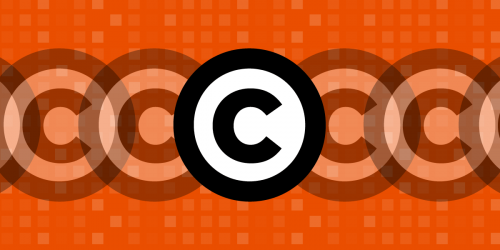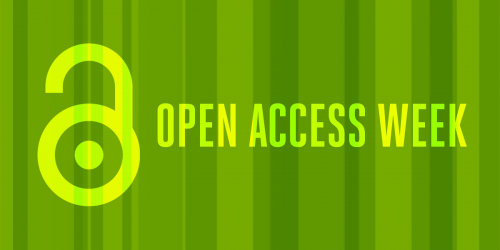The Electronic Frontier Foundation recently joined several California-based ISPs, tech companies, non-profits, and local governments to commend Governor Newsom for adopting a “Broadband for All” vision. But simply saying “broadband” without a clear eye towards the future risks having government policies adopt infrastructure plans that work in the short run, but fall woefully behind as the demand for data continues to increase. In order to ensure California’s Broadband for All plan is future-proofed, the coalition asked the Governor to focus on fiber infrastructure and adopt open access provisions that ensures state-funded infrastructure can be used to its maximum potential.
Focusing on Fiber Infrastructure Today Will Ensure State Policy Avoids the “Speed Chasm” and Addresses the Digital Divide
EFF has conducted extensive research into the future capabilities of various broadband access technologies that connect to our homes and businesses. These “last-mile” connections come in many forms such as copper line DSL, coaxial cable, fiber optics, and wireless options—including upcoming 5G networks. The evidence is conclusive that fiber is the superior medium for the transmission of data, thanks to its low latency, long lifespan, and its cost-efficient means to upgrade. These attributes mean it’s effectively future-proofed infrastructure. When it comes to speed, the divide amongst last-mile technologies is so great that it should be referred to as the “speed chasm.”
Yet California’s broadband program remains woefully out of date with the antiquated conclusion that DSL broadband can meet 21st century needs. It leaves virtually no capability for the program to support fiber infrastructure. And it has no plan to ensure that state-financed broadband is capable of being upgraded well into the future. Arguably, any broadband supported by the program today at such a low standard simply sets communities up to fail, as they race toward the speed chasm while other communities with fiber access march toward the multi-gigabit era of broadband access.
Open Access Policies are Flexible and Carry Great Promise
The concept of open access is straight forward. Fiber infrastructure has tremendous capacity to share infrastructure with many different kinds of users. These could be other broadband companies (including wireless ISPs), cloud computing, or even niche scientific endeavors such as earthquake detection. If the state is going to invest taxpayer funds into any type of infrastructure, it should ensure that it is accessible to multiple users. Such policies should also be flexible enough to reflect the financial needs on the ground. By building capacity, the state can use the infrastructure to support uses that may come in the future, and build on top of it to further the goal of connecting all residents. In essence, that is the Utopia fiber model that is expanding in Utah, where 11 local governments banded together to build fiber for all their residents, and allow private services to utilize the capacity.
Not every fiber infrastructure challenge can be solved with the same open access solution. In many cities, the broadband digital divide is felt most by low-income neighborhoods and communities of color who have been bypassed by incumbent carriers. To remedy this problem, New York City proposes simply deploying open access fiber into neglected communities to lower the barrier for affordable options to be launched to serve their needs. In rural parts of the state, an open access solution may be more limited to supporting wireless services, as it is likely that most of the provisioning of broadband service will come from local community efforts. For example, rural cooperatives have been proven as an instrumental means of bringing fiber to hard-to-serve rural markets. Historically, these entities were how rural people got their electricity and telephone service—fiber broadband is no different, as an infrastructure challenge. Even better, as long as those fiber lines are accessible, they can be leveraged by 5G providers who wish to deliver complementary wireless services.
With the right policies, Gov. Newsom can be a leader in closing the digital divide and ensuring fast, reliable connections for all Californians. We applaud the governor for making this a priority. The first step to a true “Broadband for All” plan would be to ensure the funding mechanisms that the state deploys are focused on fiber infrastructure, and not the technologies of the past.












